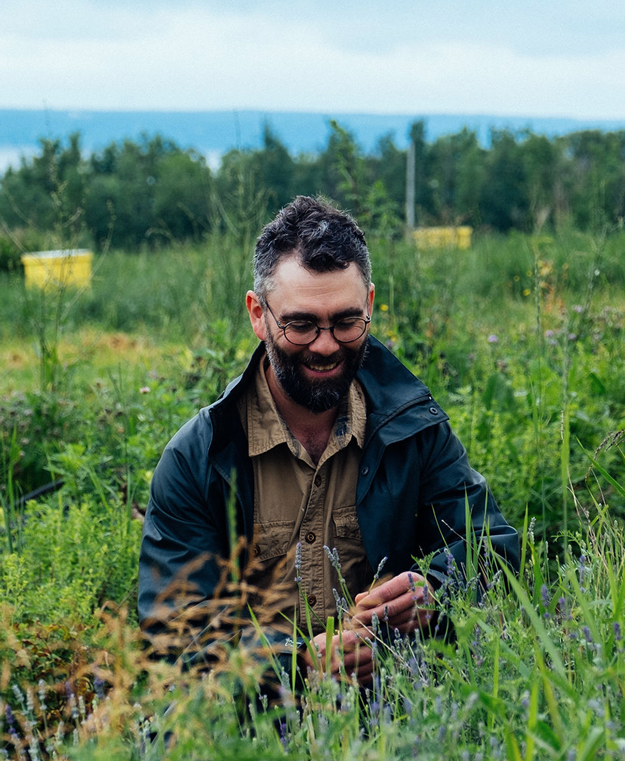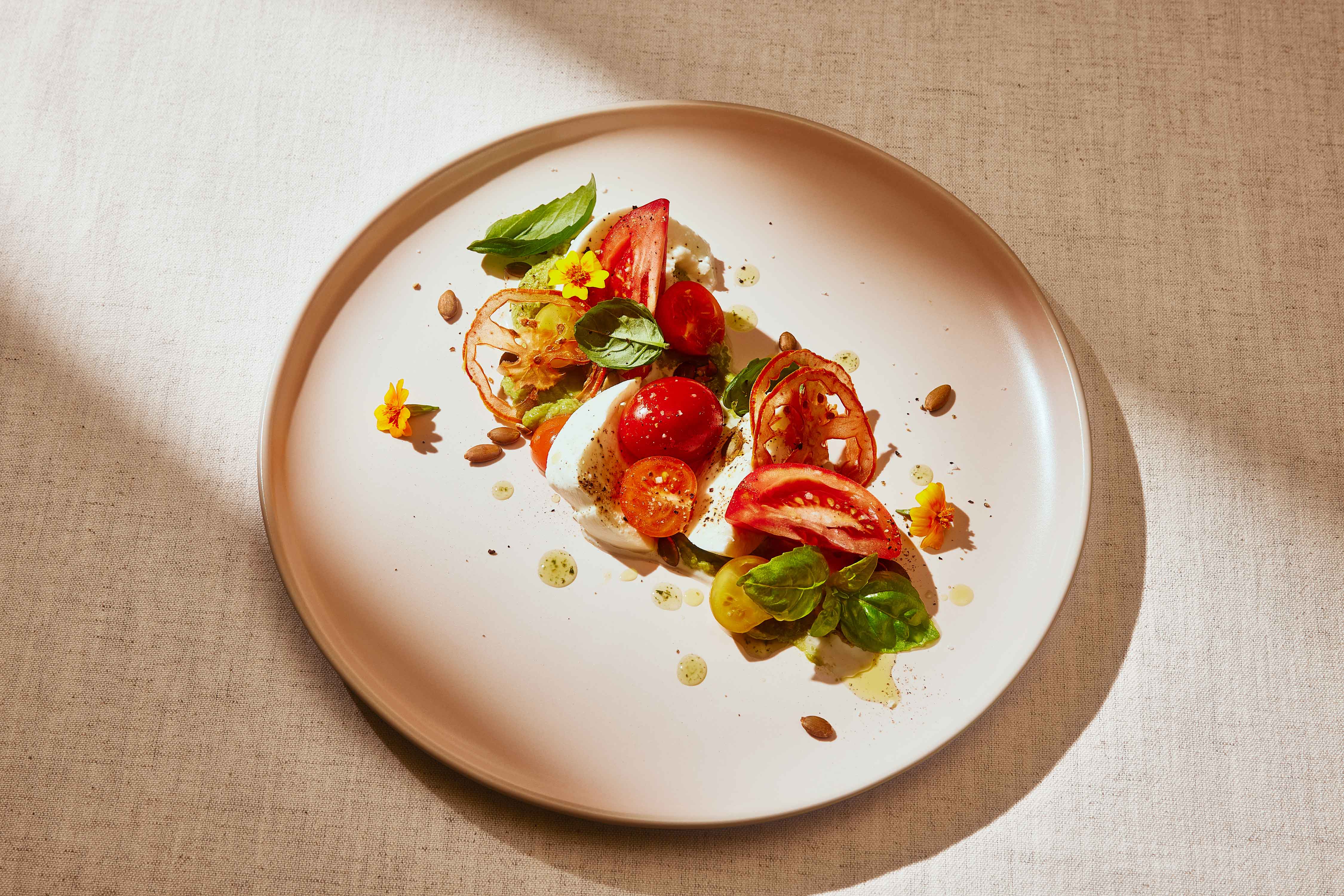
Maciocia Water Buffalo Farms: Italian-Style Mozzarella Made in Quebec
Maciocia Water Buffalo Farms: Italian-Style Mozzarella Made in Quebec
Using the milk produced by their herd of water buffaloes, Maciocia Water Buffalo Farms craft buffalo mozzarella using an Italian technique adapted for Quebec. Here is a look at our visit to the only producer in North America working with this cheese in an artisanal manner... much to the delight of our chefs.
All eyes are on us. As soon as we step into the barn at Maciocia Water Buffalo Farms in Saint-Charles-sur-Richelieu, the water buffaloes freeze and watch us, like we’re in a Western and the saloon patrons have stopped talking when the sheriff walks in unannounced.
"They're curious animals," Louis Hébert, responsible for production and marketing at the company, admits with a laugh. While guiding us through the large sloped-roof barn, he adds that the bovines crowding to watch us are among the approximately 180 lactating females on the farm.
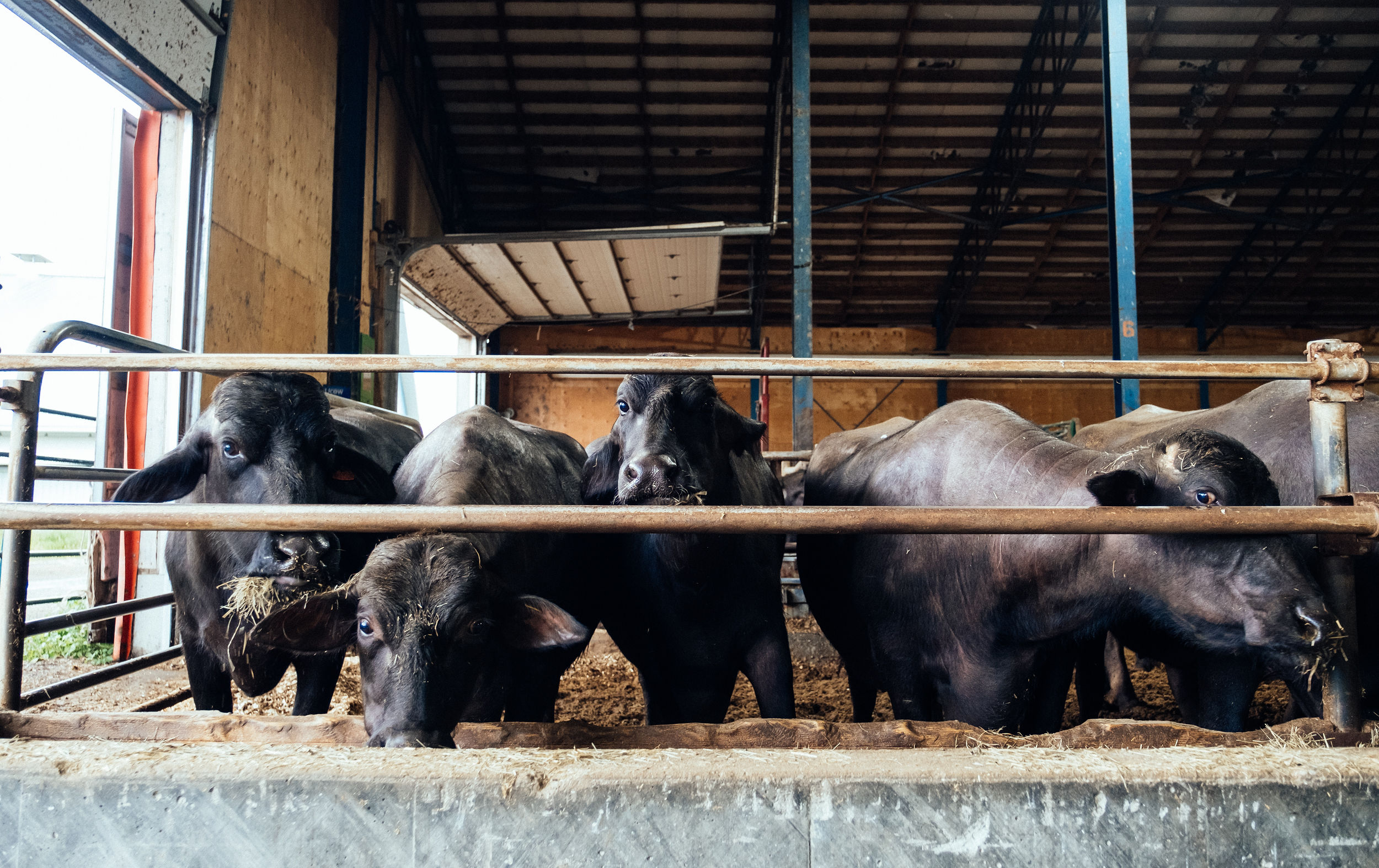
Powerful and imposing, the creatures - not cows but Asian water buffaloes - have rather friendly faces. However, they don't back down easily. "Working with water buffaloes is easy, but when you walk around the enclosures, you quickly realize that they play rough in the corners," Louis Hébert jokes.
Originally located in Vermont, the herd of 500 individuals took up residence in Montérégie in 2009. Four years later, mozzarella production began. "We initially developed our recipe with the assistance of an experienced Italian cheesemaker," says Louis Hébert. However, Maciocia Farms had to adjust their production method to meet Canadian regulations, such as milk pasteurization, different cultures from those used in Italy, and a diet for the water buffaloes adapted to our environment.
Unlike a dairy cow, which produces around fifty liters of milk per day, a water buffalo provides approximately eight liters.
However, the milk is much richer, with approximately 5% protein and 8% fat. "Since it contains a lot of solids, it is more flavorful," explains Louis Hébert. "This allows us to offer a more flavorful mozzarella than, for example, fior di latte."
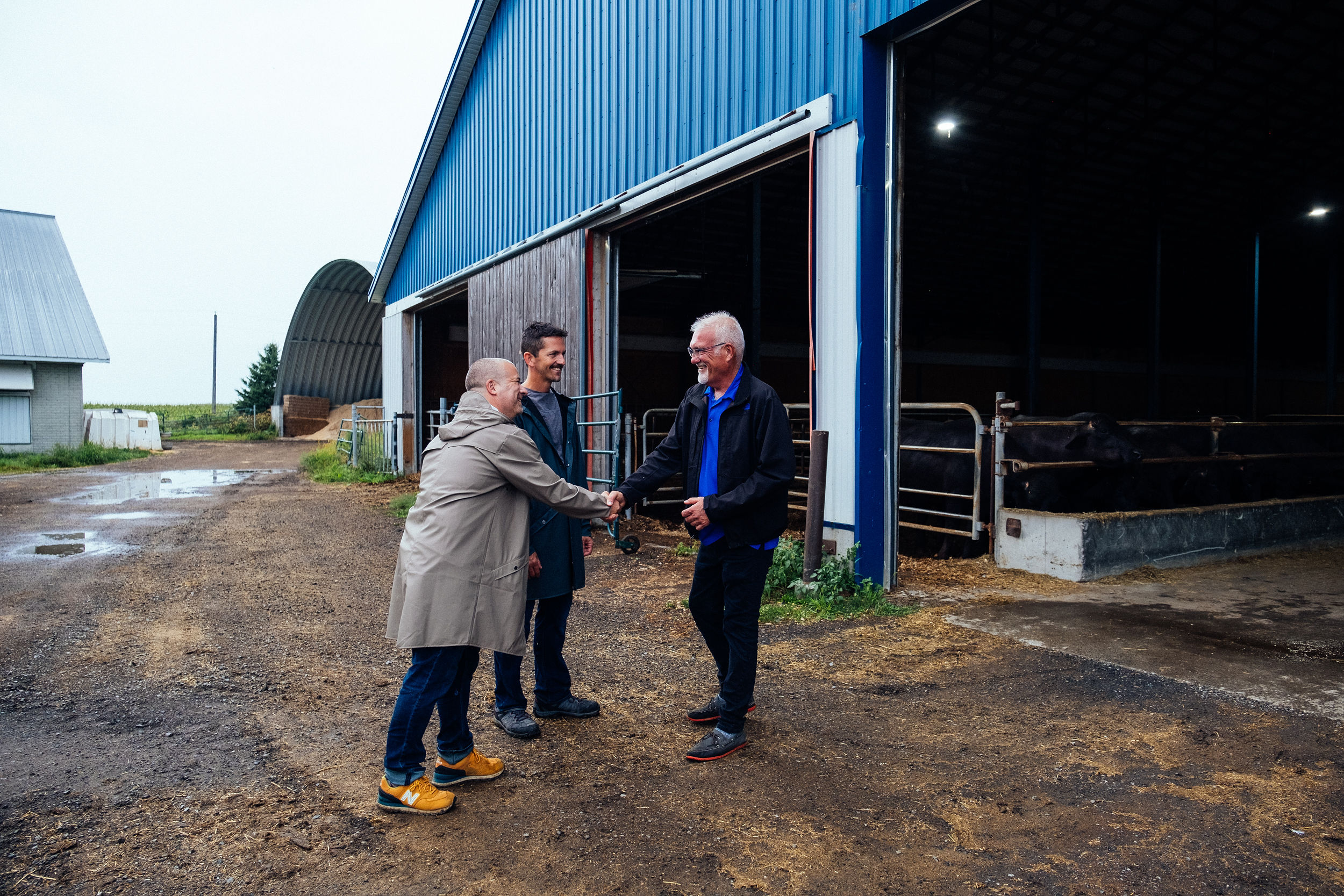
To show us the live production process, Louis Hébert takes us to the recently installed cheese factory in new premises in Saint-Lin-Laurentides. In the large production room where about ten people are busy, an employee leans over to take a sample from a large stainless steel tank. The pH test she is conducting will determine if the curd - produced from milk that has been fermenting since dawn - is ready to be cooked.
Once the signal is given, the well-coordinated team, like a small army, opens the tanks to remove gigantic curd discs for draining and shredding. Next comes the cooking in boiling water, hand stretching and molding of the mozzarella balls that are immersed in brine before being packaged.
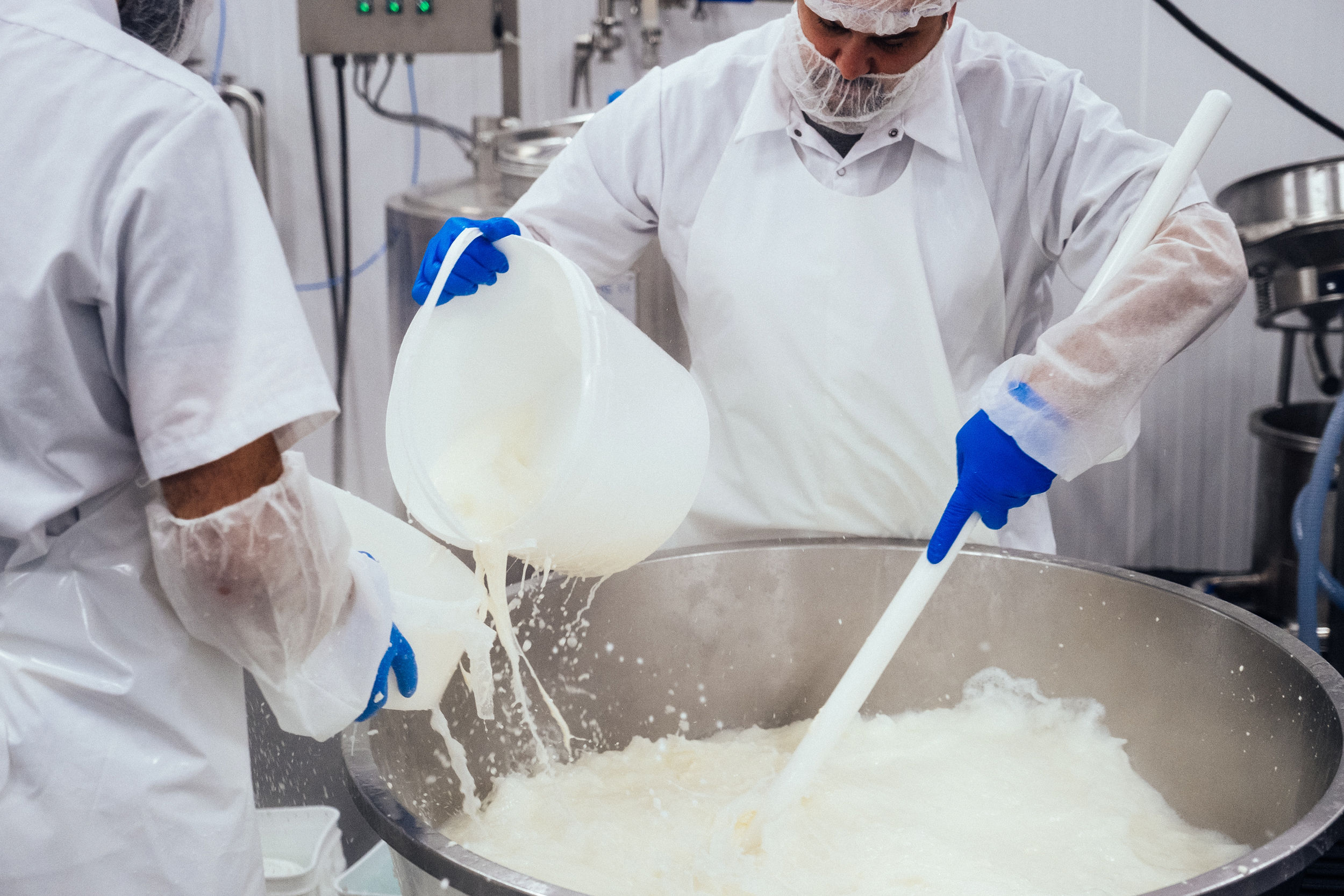
"Every participant is important," notes Louis Hébert, drawing our attention to the cheesemaker who expertly stretches the curd. "The person cutting the cheese must always cut the same amount, just as the one adding hot water for cooking. The person handling the molding must also maintain steady pressure."
When the work is perfect, the result is just as impressive. Louis hands us a small ball of mozzarella, which bursts with milk when unwrapped, to have a taste. In the mouth, the texture is firm yet creamy, and it is delicately tangy. It's no wonder our chefs prefer to serve it simply, enhanced with a drizzle of olive oil and accompanied by beautiful slices of fresh tomatoes.
"There is no one else in North America making hand-stretched buffalo mozzarella," Louis Hébert concludes. "By featuring it on the menu, Maestro Culinaire offers their customers a product they would otherwise only be able to taste in Italy."
